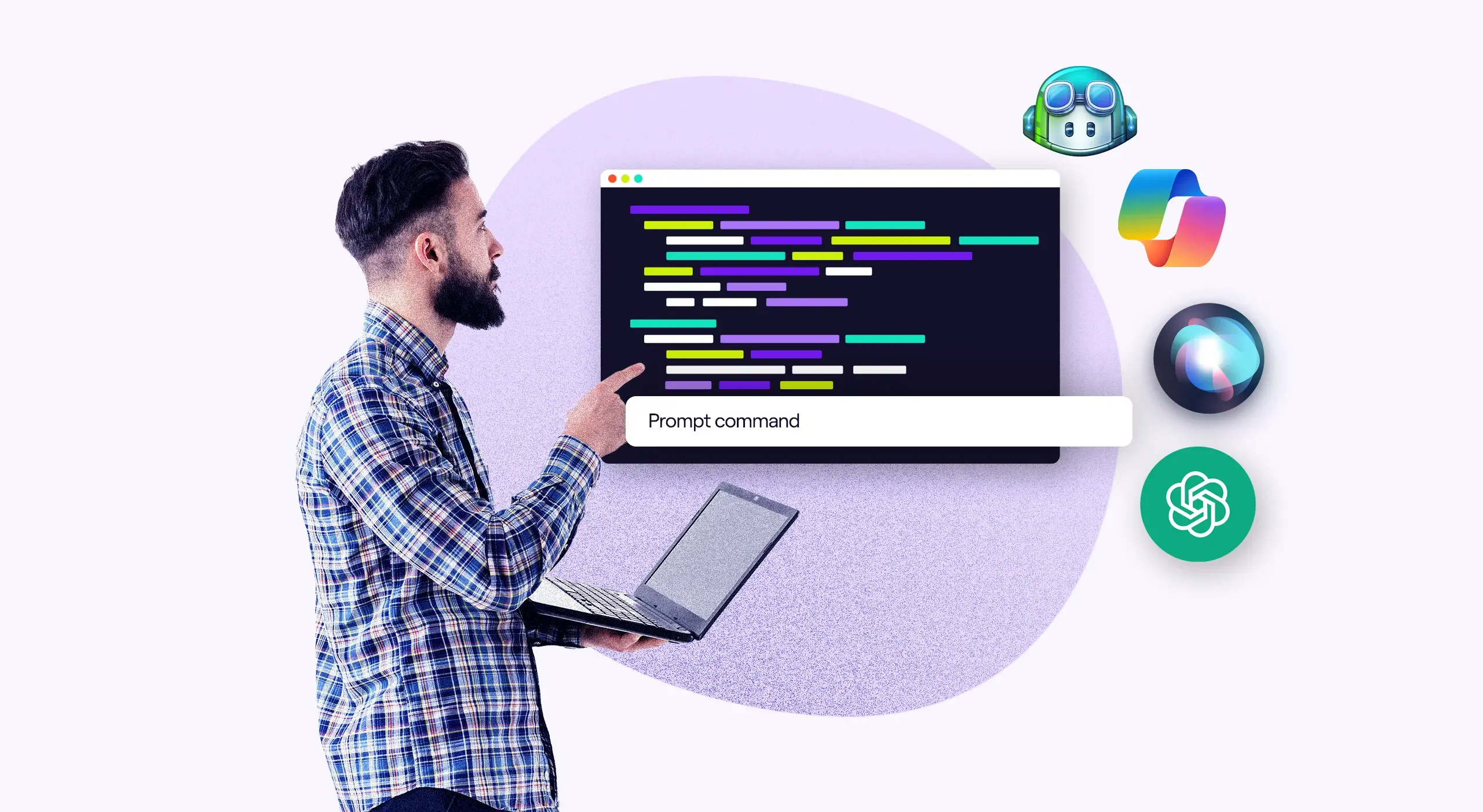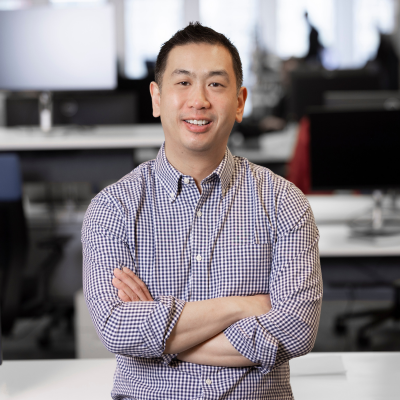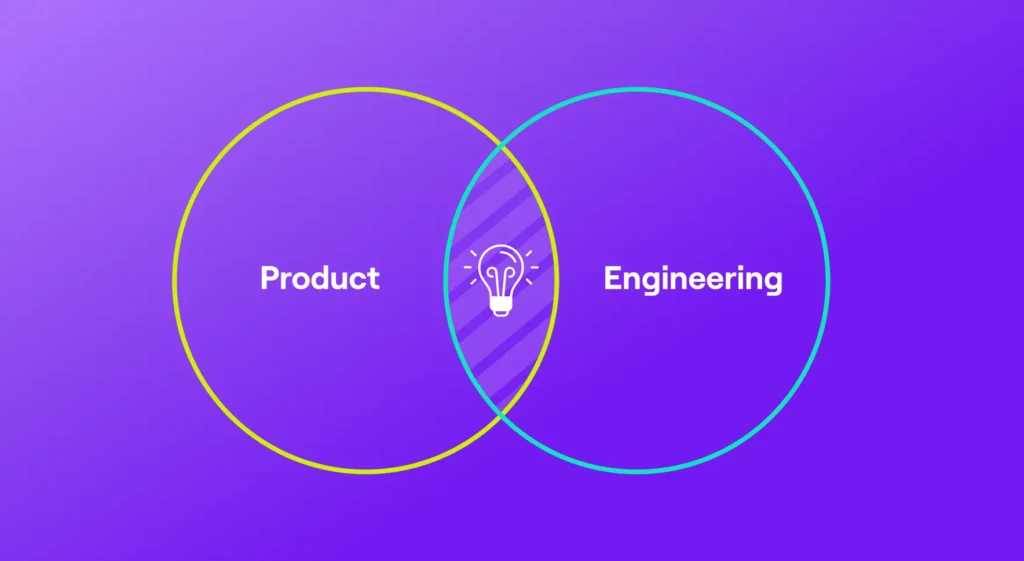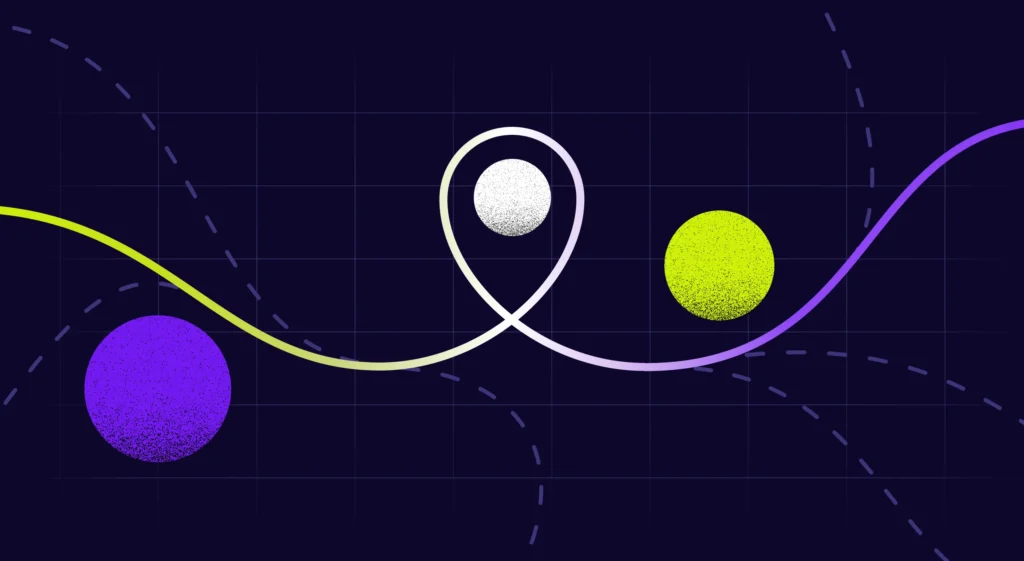“AI is coming for our jobs! CoPilot can write code infinitely faster than human developers! Are we even going to need engineering teams once this is adopted?!?”
Be cool. We’re still going to need engineers.
Remember, even fast change takes a long time to come in. More than a decade after the launch of tools like Microsoft Azure and Oracle Cloud, some large enterprises are still planning their cloud transition. There’s still a lot of COBOL and FORTRAN out there, friends. We’re not going to wake up one morning to find that all of the engineers have been replaced by CoPilot — we should think of Copilot as an enhancement rather than a replacement.
Yes, engineering organizations are going to have to figure out how to integrate AI-enabled tools into their workflows, but it’s not an existential crisis or even a threat. Organizations that embrace the opportunity will find ways to adapt their roles and responsibilities to drive efficiency and unlock creativity.
AI tools like CoPilot have the potential to affect every level of the organization, from the engineers themselves to the leaders in the C-suite. Here are the steps that engineering organizations need to take to integrate AI into their operations and begin driving value and innovation:
Engineers: Shift Up and Zoom Out
With AI-enabled code generation tools, engineers can automate what was previously their most time-consuming tasks. This isn’t just the case for engineers — it’s consistent across industries and job descriptions. Recent research from Harvard and BCG found that consultants using generative AI completed tasks 25% more quickly and with 40% higher quality results.
At a fundamental level, engineers need to reimagine the way they plan for and spend their time at work. Current AI-enabled coding tools can dramatically decrease the time it takes to generate code through auto-complete and code suggestions. As a result, engineers will reallocate those time savings by identifying potential changes at the architecture level.
We’re going to need to get creative. How can we adjust the product roadmap to capitalize on AI and deliver more value? What optimizations need to be made to the software development lifecycle? It’s time for big-picture thinking, and we need to be prepared to zoom out.
Engineering Managers: Rethink Skills and Hiring
As managers recruit for the engineering organization of the future, they need to prioritize the creativity and macro-level thinking that allows employees to maximize the value of their AI tools. Of course, teamwork and attention to detail will also gain value — code reviews are now mission-critical as engineers aim to monitor and control the quality of AI-generated code. The best employees and managers will be those willing to roll up their sleeves and do the hard work of checking and improving their generative AI resources.
The org structure is changing, which means engineering managers will have to prioritize different experiences and skill sets. Over the past few years, we’ve seen younger employees eschew traditional computer science education in favor of fast-paced boot camps. But the knowledge and values learned in a CS degree — not to mention the breadth of coding languages — will take on renewed importance in this new era.
Executives: Drive Experimentation and Institutional Learning
If recent research has shown us anything, it’s that generative AI is revealing unexpected benefits and strengths. The Harvard/BCG research found that AI was particularly valuable on creative tasks — the opposite of what many have predicted. At the executive level, business leaders need to be encouraging AI experiments in every corner of the organization.
From business development reps to marketing leaders to sales execs to engineers, it’s time to start identifying new applications for AI. C-suite executives should be discussing how to look beyond silos and find cross-functional uses for AI. Begin recruiting tiger teams within each business unit, as well as those who can work across departments to identify new opportunities. Challenge these teams to begin using generative AI, then compare their performance after six weeks to those who have continued working as normal. You have to start moving to analyze the differences — once you have a large enough sample size, you can begin drawing conclusions and making adjustments in order to drive performance and productivity.
The Age of Engineering Intelligence is here, but success will depend on who’s willing to recognize and react to the new reality. Everyone has a role to play in the revolution.






